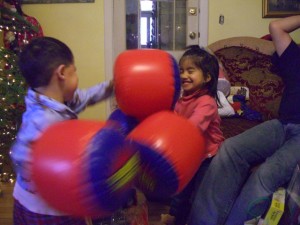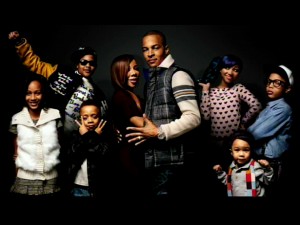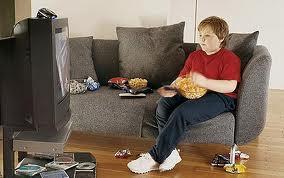Move it, football head!
One of my favorite TV shows from young, couch potato-ing days was “Hey Arnold!” Airing on Nickelodeon from 1996-2004, “Hey Arnold!” was an animated TV series which followed the adventures of the title character, Arnold, and his friends, family, and neighbors in the fictional city of Hillwood.
The main character, Arnold, a blonde kid who wears a tiny red hat on top of his large, football-shaped head, lives with his grandparents in a boarding house, which they own, located in the heart of a busy metropolis. The boarding house, called Sunset Arms, is a very cramped residency, filled with several quirky characters from vast ethnic backgrounds, who provide Arnold with a colorful home life. Arnold’s best friend is Gerald Johanssen, a hip, black kid who knows all of the urban legends in the city. Helga Pataki, a girl in the group, comes from an upper-middle class background (her dad has a great, beeper empire) and is secretly in love with Arnold, though she disguises this by acting cruelly towards him. Arnold’s other friends are very culturally diverse as well, including Jewish, South American, Japanese, and rural children.
“Hey Arnold!” is reminiscent of our recent unit in class covering the childhood of disadvantaged, urban youths, because the show is one of the few children’s animated series to be set in a completely urban environment. Several of the characters, including Arnold, are missing one or more parents from their lives. Much like in our Elizabeth Chin readings, the children’s neighborhood is not very open to play. In the episode “The Vacant Lot”, the children, fed up with cars interrupting their street baseball games, find a rare, open, grassy lot in the neighborhood which they attempt to convert into a baseball field. The children converting their neighborhood into a place in which they can use for play is similar to the girls in the Elizabeth Chin reading who make their white dolls more like them by braiding their hair. In both instances, children are able to adapt the situation they are confined to into something they can enjoy more.
Below is the “Hey Arnold!” episode, “The Vacant Lot”








